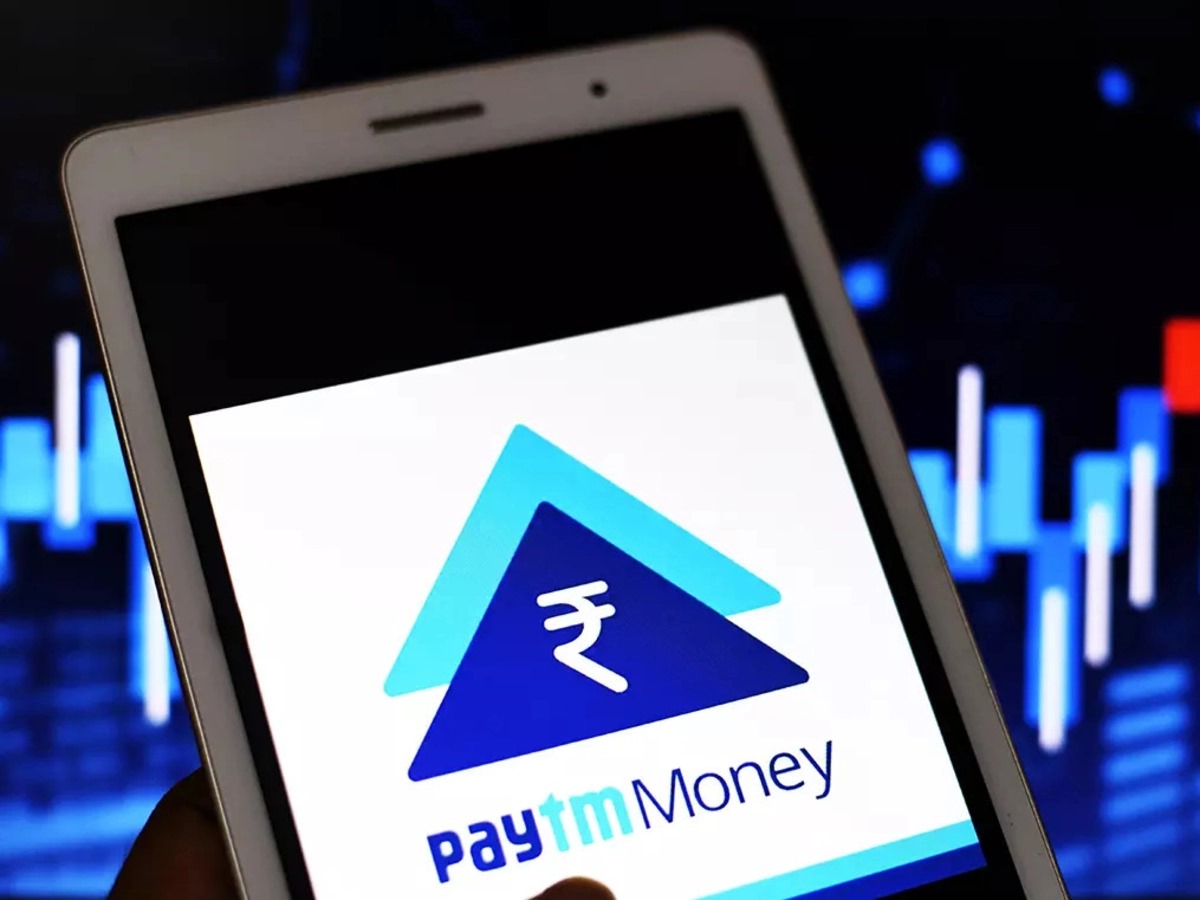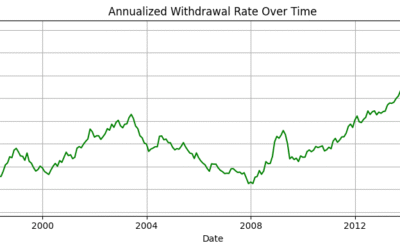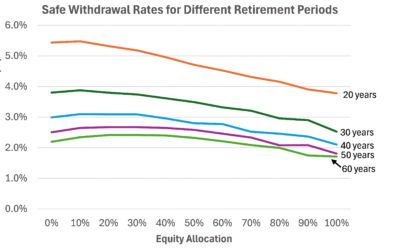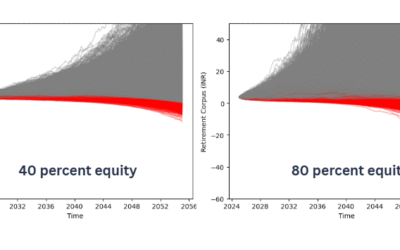Investing one’s savings in suitable mutual funds is obviously important. However, it is equally important to be in control of those investments. Irrespective of the platform an investor has used to put money in mutual funds, keeping a back-up registration, either at the mutual fund’s website or with the portals/apps provided by RTAs, is a must.
In a recent communication, Paytm Money said it will be shifting from using its Registered Investment Adviser (RIA) code for mutual fund (MF) transactions to using its broker code. As part of this transition, Paytm Money requires its users to do additional KYC and open a new demat account.
The move has led to much confusion and warrants a closer look at how MF transactions work. The episode also holds important lessons for investors on the need to make their MF investments platform-proof.
Multiple routes for MF investing
There are multiple ways in which an investor can invest in an MF. One, to directly go to the respective MF company’s website, register as an investor, and invest. This route is generally not preferred. Reason: it’s cumbersome to register across several websites, remember login details and transact across different logins.
Second, to use services of a mutual fund distributor (MFD) or an RIA. In both these cases there is a cost involved — for MFDs, the investor pays commission expense, while in RIAs, an advisory fee is paid. For this cost, the investor not only receives transaction-execution services, but also assistance in selecting suitable MFs.
Over the past few years, the emergence of direct MF apps like Paytm Money, ET Money, Kuvera, etc., have provided investors with an alternative route to investing in MFs. Direct MF apps allow investors to invest in direct plans at no cost. Such apps have many takers given their sleek user interface that promises effortless investing. These apps also have the draw of “earning investors 1% extra return” by routing investments to direct plans of MFs.
How do direct MF apps work?
To decode the changes announced by Paytm Money it is important to look under the hood of direct MF apps. Direct MF apps provide their services by integrating themselves with a MF transaction platform. There are many such platforms in India. Direct MF apps can integrate themselves with platforms run by Registrar and Transfer Agents (RTAs) of mutual funds – like the ones provided by CAMS and Karvy. Alternatively, they can use transaction platforms run by exchanges such as BSE Star MF or NSE Mutual Fund Platform (NMF). There is also a transaction platform run by MFs under the aegis of Amfi called MF Utilities (MFU).
The above-mentioned transaction platforms mostly operate as a B2B service even though an individual investor can register themselves on these platforms for MF investing. The reason these platforms have very low B2C outreach is due to their clunky user interface, making them difficult for users to navigate. This is exactly the gap being filled by direct MF apps. By building easy-to-use interface, direct MF apps have emerged the de-facto B2C arms of these transaction platforms.
An intermediary (like, for instance the direct MF app) that wants to use the MF transaction platforms is required to register itself with Securities and Exchange Board of India (Sebi) as an MFD, RIA, or a broker. Given that we are talking about direct MF apps, MFD registration is out of question. That leaves them with two registration options – RIA or broker.
Changes at Paytm Money
Paytm Money was earlier providing services by using its RIA registration and integrating itself with RTA platforms, provided by CAMS and Karvy. It now wants to shift to using its broker licence and make use of the BSE Star MF platform.
On June 27, 2022, Paytm Money sent an e-mail communication to investors on its platform that it is shifting to BSE Star MF platform for “enhancing the direct mutual fund experience” for its users. In the same communication, it asked for additional KYC details from investors.
Presumably, after questions from several of its users, Paytm Money sent another e-mail on July 4, 2022, providing more details on the transition and the rationale for the same. This e-mail also shared a link to a blog postwith more details.
The key highlights of the communication are:
- 1)Paytm Money is shifting from using its RIA code to its broker code for providing mutual fund transaction services. As part of this transition, it will now be making use of BSE Star MF, which is India’s largest mutual fund transaction platform.
- 2)BSE Star MF requires a unique client code (UCC) for every investor. This UCC has to be mandatorily linked to a demat account.
- 3)Using the additional KYC received, Paytm Money will open a free demat account for its users which will be linked to their UCC.
The reason given by Paytm Money for this transition is, “subsequent to a change in regulation, we decided to discontinue offering advisory services and have to stop using the RIA code and mandatorily use our broking code to execute direct mutual fund transactions.” Though the communication does not provide the exact change in regulation, as I am given to understand by the Paytm Money team, it pertains to the amendments carried out by Sebi in 2020 in RIA regulations.
Presumably, the enhanced compliance burden on RIAs due to the changes in regulations could be one of the reasons for Paytm Money seeking to change its model. It could also be the case that Paytm Money is looking to monetise its direct MF business by cross-selling broking products to its users.
What does it mean for investors?
Investors willing to continue with the Paytm Money platform will necessarily need to open a demat account. This would be the case even if the investor wishes to hold their MF units in physical mode. The demat account is being opened only to fulfil the requirement — a broker who opens a UCC for a user at BSE Star MF mandatorily needs to link it to a demat account. After the demat account is opened, if you continue to hold your MF units in physical mode, the demat account will sit dormant.
The communication from Paytm Money states, “BSE Star being an exchange platform requires a UCC (unique client code) to facilitate direct mutual fund transactions by mapping a client and the exchanges. Sebi requires that these UCCs be mapped to only demat accounts.”
It is important to highlight that the requirement for a UCC to be linked to a demat account is only applicable for UCCs opened by brokers. In the case of UCCs opened by MFDs or RIAs, there is no need for mandatory linking to a demat account. Thus, if your direct MF app, for instance, uses the BSE Star MF platform and is registered as an RIA, you will not face the requirement of opening a demat account.
For users of Paytm Money who do not have even a single demat account, opening one is not undesirable. It is generally advisable to have at least one demat account as it allows an investor to participate in a wide bouquet of investment products. For users who already have demat(s) account, having an additional account opened by Paytm Money is an unnecessary headache, particularly so when MF units can be held in physical form and do not actually require a demat account.
Lessons for investors
Moving on from the specifics of the transition at Paytm Money, this episode holds an important lesson for mutual fund investors — the need to platform-proof your investments. If you are using direct MF apps, you need to have a plan B ready. In case your direct MF app undergoes changes which you are not okay with, then plan B should allow you to seamlessly manage your MF investments without making use of the direct MF app.
Fortunately, there are enough avenues available for investors to manage their investments independent of direct MF apps. One way is to register yourself as an investor in the websites of mutual fund companies and manage your investments from there. If you have invested in the funds from a few different MF companies, this will not be difficult. However, if you have invested in funds from several different MF companies, creating multiple logins can be onerous.
Another way is to use the online portal or apps provided by RTAs to manage your MF investments. You can use myCAMS to manage your MF investments serviced by CAMS, and KFintech for Karvy. Both these services provide a fully functional platform to investors to track, manage and transact in MFs.
About a year ago, on July 26, 2021, Sebi issued a circular asking RTAs and other stakeholders in the Indian MF industry to come together and launch a single platform to enable investors to manage their mutual fund investments and transact in a user-friendly way. Accordingly, in September 2021, CAMS and Karvy jointly launched a unified platform called MFCentral, which allows investors to manage their mutual fund investments at a central place.
Investing your savings in suitable MFs is part of the work done — undoubtedly a very important one. However, an equally important part is to ensure that you are always in control of your investments. For this, you need to platform-proof your investments. Irrespective of what platform you have used for investing in mutual funds, keeping a back-up registration, either at the mutual fund company websites, or with the portals/apps provided by RTAs, is a must.
(This article was published in ETPrime on July 08, 2022 and can be accessed from the link https://economictimes.indiatimes.com/prime/money-and-markets/lessons-from-the-paytm-money-episode-mf-investors-must-platform-proof-their-investments-/primearticleshow/92732804.cms)







0 Comments